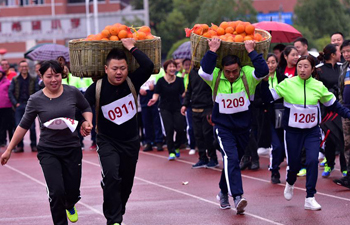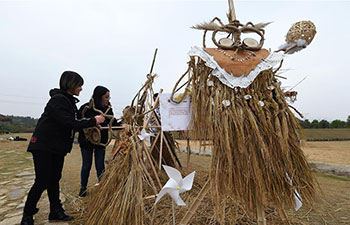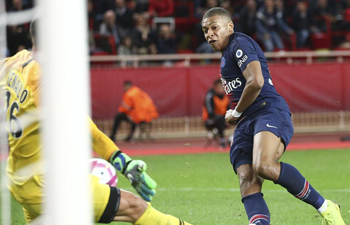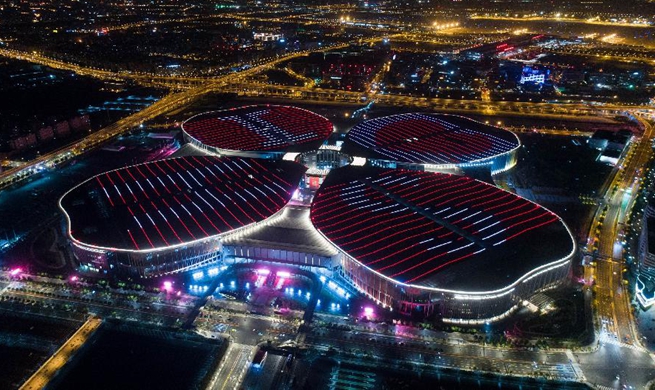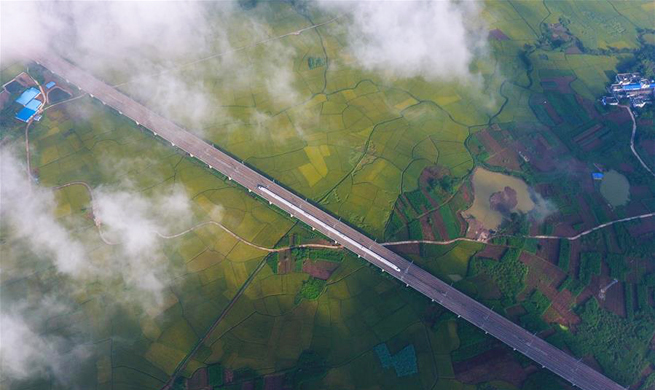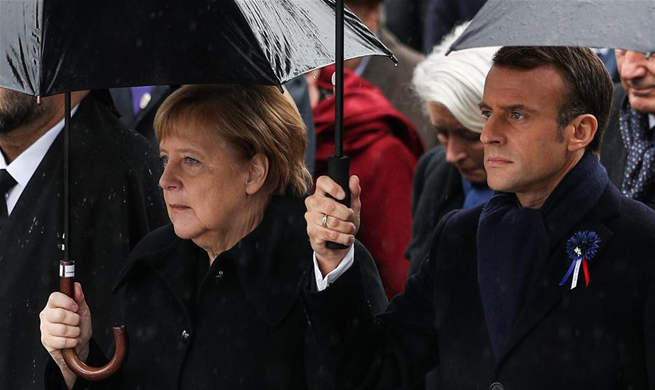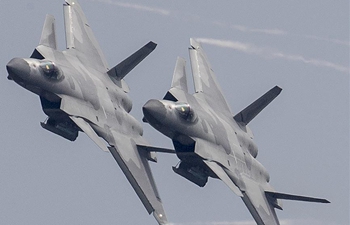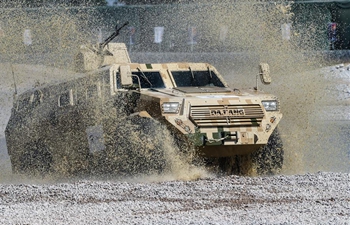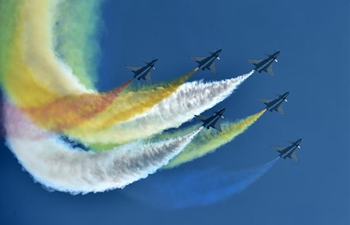DHAKA, Nov. 12 (Xinhua) -- Shelves and cases in the money museum in Dhaka, capital of Bangladesh, are filled to the brim with coins and currencies from the barter era to modern times, with the displays attracting many visitors.
Visitors are curious about the fascinating stories behind the evolution of money, which basically started with the invention of the first metal coins by the Chinese, who also first introduced paper currency in the 9th century.
Amid people's growing interest and curiosity about historical and contemporary money, the central bank of Bangladesh established a money museum, the first of its kind in the country.
The museum has become a center of attraction drawing many visitors, especially students.
Apart from Bangladesh money, the museum also showcases coins and currencies of many countries of the world, including some from ancient and modern China.
For college student Ishrat Jahan and her classmates, this museum is an opportunity to see and learn about the currencies of different countries and their unique histories.
Along with her two other friends, she recently visited the museum in particular to see the commemorative notes of taka (Bangladesh currency).
Jahan said they were also keenly interested to see currencies of ancient Bengal and other countries.
The museum's guide Olivia said students basically want to know about the history of local and foreign currencies.
Rajendra Lal Talukder, office-in-charge at the museum, said the museum is aimed at introducing people, especially the younger generations, with the history and culture of the coins and currency throughout the ages.
He said there are coins from almost all the countries in the world.
"When we talk about money, China comes first because they invented the first metal coins and introduced paper currency in the 9th century," said Talukder, also a deputy general manager at the Bangladesh Bank.
"Chinese coins and currencies reflect the country's rich culture and customs," he said.
